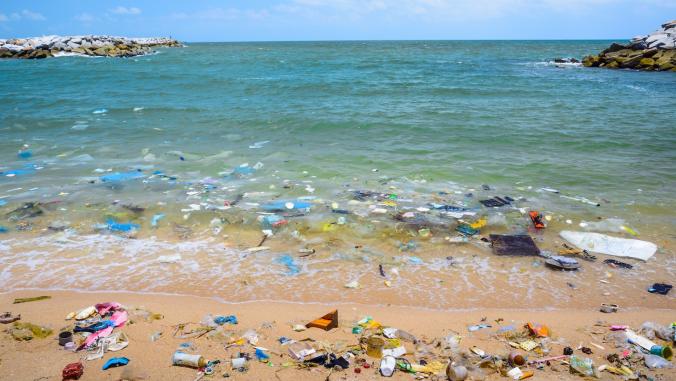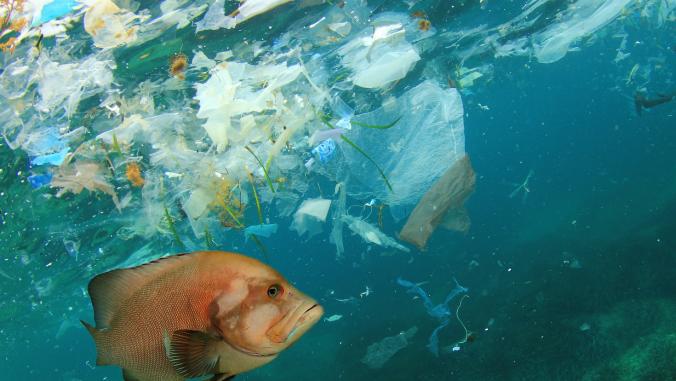The U.S. Environmental Protection Agency recently released a new proposal to cut emissions from existing power plants, aptly titled the Greenhouse Gas Standards and Guidelines for Fossil Fuel-Fired Power Plants. The EPA’s third attempt to regulate carbon dioxide emissions from power plants will affect a select set of new and existing fossil fuel-fired turbines, including natural gas-powered plants, with its new standards and emissions guidelines. To successfully fall within these new parameters, the proposal recommends the use of "proven, cost-effective control technologies" to utilities, such as carbon capture and storage (CCS) technology.
In its current state, the proposal marks the most aggressive carbon standards suggested by the EPA for the power sector.
What is it, and why now?
The EPA cites the power sector as the largest stationary source of annual GHG emissions in the U.S., contributing 25 percent of the total in 2021. To mitigate that number, the proposed guidelines would require coal-fired plants planning to operate in the long term (past Dec. 31, 2039) to capture 90 percent of their CO2 emissions by 2030; it would require new and existing natural gas-fired power plants to capture 90 percent of emitted CO2 by 2035.
The EPA estimates that the proposal would ultimately cut 617 million metric tons of CO2 emissions by 2042, or the equivalent of cutting the emissions from 137 million gasoline-powered cars from the road. White House climate adviser Ali Zaidi told reporters that the ultimate goal of the proposal is net-zero emissions from the power sector by 2035.
It is important to emphasize that the EPA’s proposal doesn’t mandate fossil fuel-fired plants switch to renewable energy — in part, due to the Supreme Court’s June ruling in West Virginia vs EPA. In the ruling, the Supreme Court concluded that the EPA cannot impose a mass shift from fossil fuels to renewable energy, but can set technology-based guidelines. So in that vein, the proposal sets a cap on emissions, leaving it to plant managers and operators to decide whether external technology or alternative inputs (such as green hydrogen) are the best path forward for the reductions.
"[The EPA’s] proposed rules elevate the role of carbon capture by naming it as one of the available technologies for reaching emissions standards for new and existing fossil fuel-fired power plants," said Jessie Stolark, executive director for industry group Carbon Capture Coalition, in a statement.
Market impacts
The use of CCS is also buoyed by the 45Q tax incentive in the Inflation Reduction Act (IRA). Before the passage of the IRA, compensation per ton of carbon captured was just $50, too low of a rate to create a sustainable revenue stream and thus disincentivizing many from investing in CCS. But the increased incentive available to utilities per ton of captured CO2 ($85 per ton captured) makes the implementation of the technology more cost-effective.
This renewed federal confidence in CCS technology is a positive sign for the market, according to Danny Broberg, associate director of energy at the Bipartisan Policy Center. "The new rule, coupled with the programs of the Bipartisan Infrastructure Law, coupled with the tweaks to the tax credit, are all just an important signal to the private sector on the relevance of [CCS] technology."
And the private sector will likely respond with gusto. The carbontech vertical was already invigorated by the passage of the previously mentioned IRA and Bipartisan Infrastructure Law in 2022, closing the year with a total 242 deals valued at $3.96 billion, according to data provided to GreenBiz by Pitchbook. In the first quarter of 2023 alone, there were 65 deals involving carbontech companies — for a collective value of $1.83 billion.
Opposing forces
No new federal proposal is without criticism. West Virginia Sen. Joe Manchin wrote, "This administration is determined to advance its radical climate agenda and has made it clear they are hell-bent on doing everything in their power to regulate coal and gas-fueled power plants out of existence, no matter the cost to energy security and reliability."
His ire, alongside other similar dissenting voices, is likely due to the 22 gigawatts of coal power the EPA estimates would be offline by 2035 due to the proposal. "The Clean Power Plan 2.0 ... is the Biden administration’s most blatant attempt yet to close down power plants and kill American energy jobs," said Sen. Shelley Moore Capito (R-W.Va.) in a written statement. And West Virginia Attorney General Patrick Morrisey is gearing up to challenge the proposal in court.
EPA administrator Michael Regan conceded that some plants will inevitably close as a result of the proposed new rule: "We will see some coal retirements, but the way this program is designed, this is really a decision that will be made company-by-company and state-by-state."
Moving forward, the proposal will enter a public 60-day commenting period, with the final rule reflecting the input received. It is expected to take around one year to finalize. Given the multiple politically aligned objections caused by just the first draft of this proposal, it will be interesting to see how its future self fares in the midst of the 2024 presidential campaign season.






